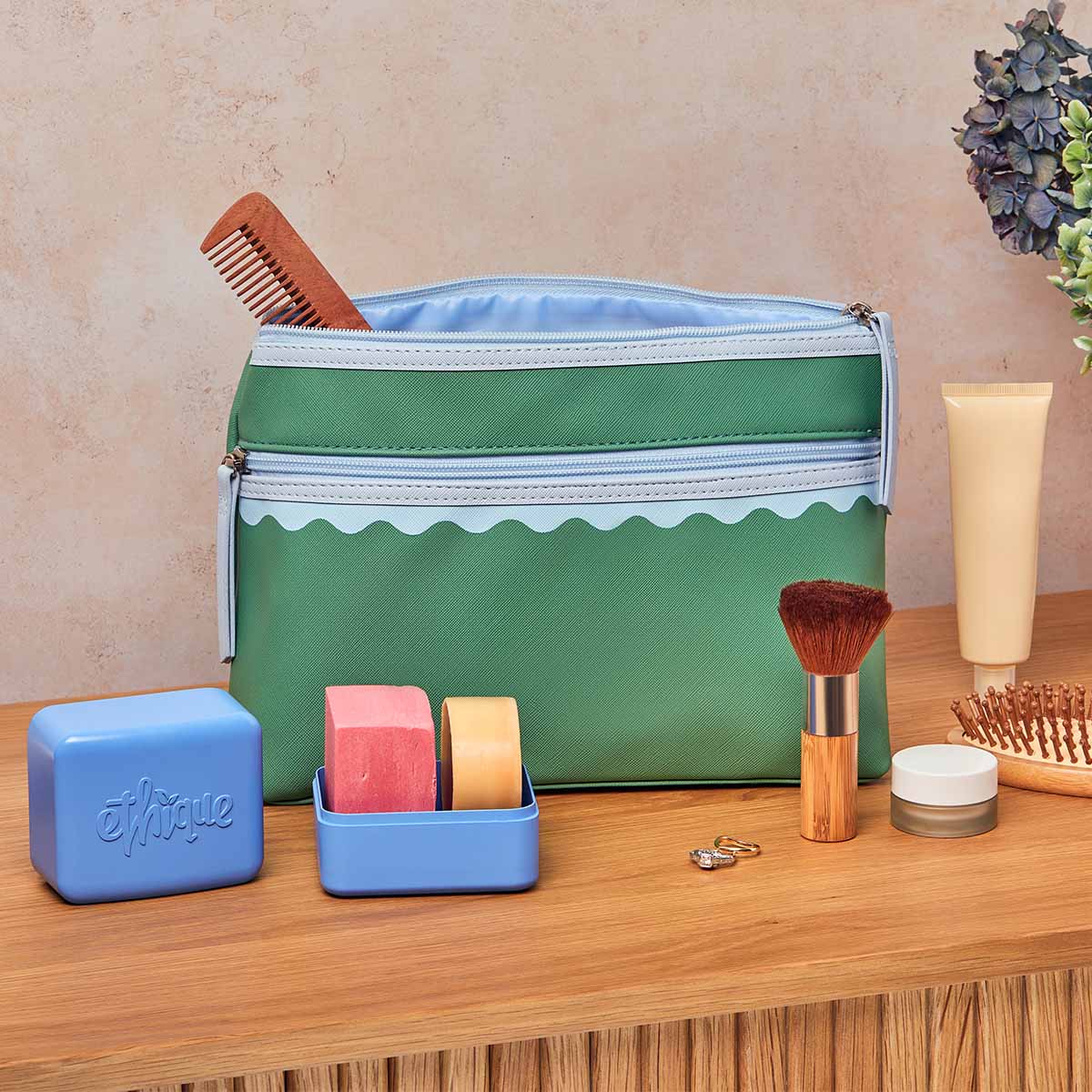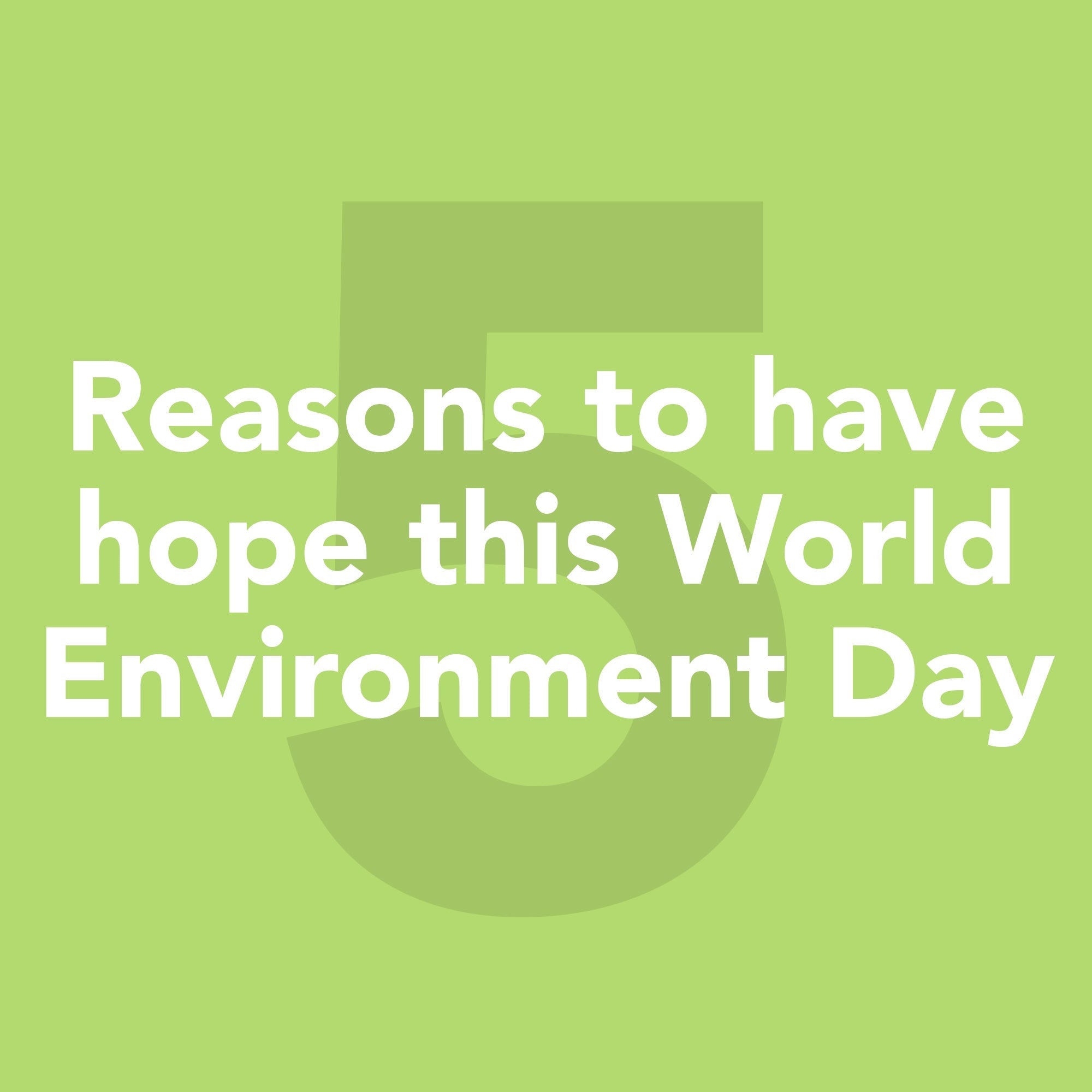The presence of microplastics in our environment is compromising our health. To protect ourselves effectively, we must stay informed and select products that carefully eliminate these harmful particles. Don't worry; you don't have to navigate this issue alone!
At Ethique, we believe our consumers should have all the necessary information to make healthy decisions when it comes to personal care. In this blog, we'll provide an overview of microplastics, including what they are, their impact, and how you can maintain your health.
What are Microplastics and Where Do They Come From?
Over the past 50 years, plastics have infiltrated every aspect of our lives, providing cheap, lightweight, flexible, and durable alternatives for our every need. In the personal care industry, plastics have increasingly replaced natural products, leading to the presence of toxic microplastics.
Microplastics are tiny plastic particles less than five millimeters long, even smaller than a grain of sushi rice. Primary microplastics are generated during the production of commercial products, such as cosmetics and textiles. Secondary microplastics result from the breakdown of larger plastic items due to exposure to environmental factors like radiation and ocean waves. Microplastics are not readily biodegradable, meaning they don't break down quickly and completely. They are highly present in marine environments at all depths. Some of the most common microplastics include polyethylene (PE), polypropylene (PP), polystyrene (PS), polyamide (PA), polyester (PES), and acrylic (AC).
This issue was not properly addressed until just twelve years ago, resulting in consumers purchasing products without knowing the real health impact connected to them. Today, we are progressively understanding the impact of microplastics on our health and the environment, motivating us to find ways to avoid them in our daily lives.
How Can Microplastics Affect Us and the Environment?
Numerous studies explore the impact of microplastics on humans and the environment. Here are some key factors we want to highlight:
As humans, we can be exposed to microplastics through direct ingestion, contact, and inhalation. It's crucial to know that 40% of plastic produced ends up being used for packaging, representing one of the main human exposures to this material. Potential negative effects of microplastics on our health include disruption of endocrine function (the balance of hormones that control our mood, growth, and development), premature births, conditions affecting brain growth and development, infertility, and cancer.
Plastic production has an enormous impact on global change, responsible for almost 2 gigatons of CO2 emitted into the atmosphere yearly (more than the total yearly emissions of Brazil!).
Looking specifically at marine environments, an estimated 0.5% of the world's plastic waste ends up in oceans. Large plastic waste, such as grocery bags and bottles, causes damage to the marine environment by entangling and being ingested by sea creatures. The damage caused by microplastics, however, seems more complicated to understand, making it harder to take action. Possible consequences include disruption of plants, animals, and microbes in the marine environment. Furthermore, microplastic contamination of seafood results in direct human exposure to these substances.
What Can We Do to Protect Ourselves from These Risks?
At Ethique, we believe our consumers should never compromise between effective products and personal health. The presence of microplastics in our world is growing and causing a negative impact. The good news is that there are ways to avoid it! We are dedicated to creating products and packaging that are completely plastic-free (no microplastics, co-polymers, or petrochemicals). This way, we can eliminate emissions related to plastic production, minimize our consumers' exposure to microplastics, and reduce waste.
As a beauty brand, we want our consumers to know what their products are and feel safe when using them. That's why we strongly believe that spreading awareness on crucial environmental issues such as microplastics can lead to positive change.
Source 2: https://oceanservice.noaa.gov/facts/microplastics.html
Source 3: https://education.nationalgeographic.org/resource/microplastics/
Source 4: https://pollutiontracker.org/contaminants/microplastics/
Source 6: https://ourworldindata.org/how-much-plastic-waste-ends-up-in-the-ocean
Source 7: https://www.nationalgeographic.com/science/article/plastics-facts-infographics-ocean-pollution

 Impact
Impact Blog
Blog Store Locator
Store Locator

